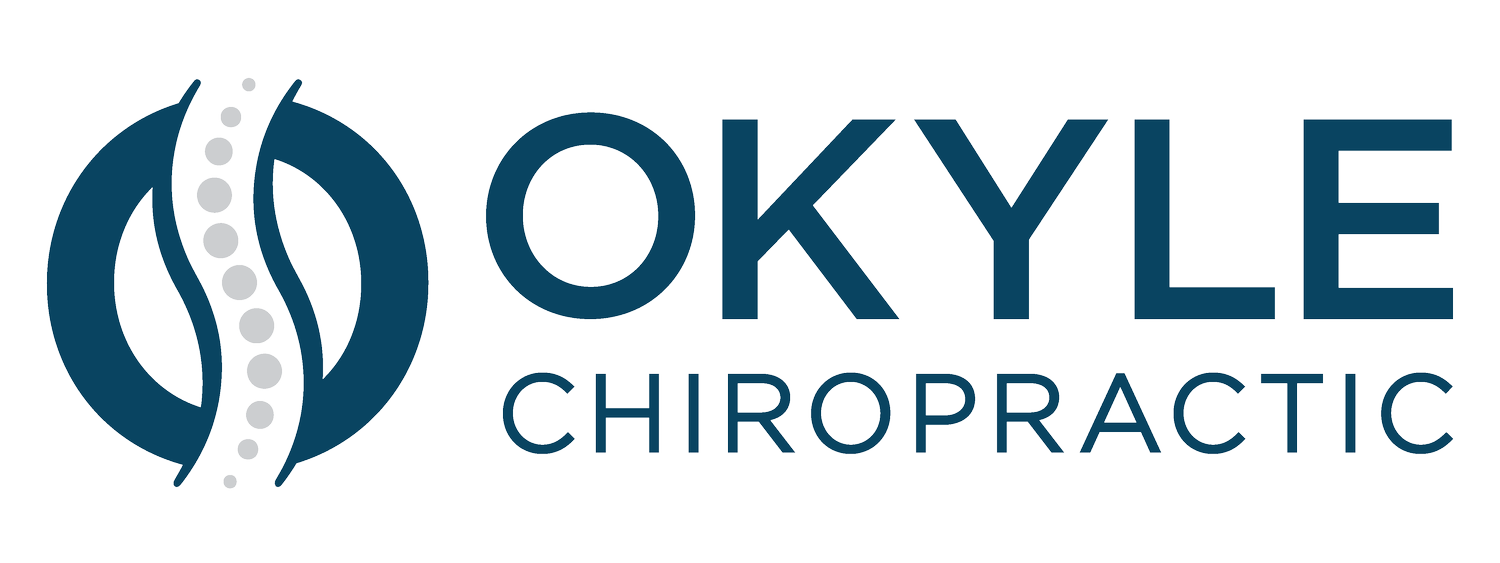5 EVERYDAY HABITS THAT MIGHT BE CAUSING MUSCLE IMBALANCES
Muscle imbalances don’t usually happen overnight. They’re often the result of subtle patterns and habits we repeat every day without even realizing they’re affecting how our body moves and feels. Over time, these imbalances can lead to stiffness, aches, limited mobility, and even chronic pain.
Here are five everyday habits that might be throwing your body off balance—and what you can do about them.
1. Sitting for Long Periods Without Moving
Whether it’s at a desk, in the car, or on the couch, sitting for extended periods can weaken and shorten key muscle groups:
Hip flexors become tight
Glutes and core become weak
Shoulders round forward
Neck starts to crane out (tech neck)
How to fix it: Take short movement breaks every 30–60 minutes. Stand, stretch, walk, or do a few mobility exercises. Even a minute or two can make a difference.
2. Always Carrying a Bag or Child on the Same Side
Whether it’s a purse, backpack, or toddler, favoring one side puts uneven stress on your muscles—especially in your shoulders, spine, and hips.
How to fix it: Switch sides regularly, or use a backpack with two straps or a cross-body carrier. Try to stay symmetrical whenever possible.
3. Sleeping in the Same Position Night After Night
Sleeping curled up on one side or with your arm overhead can cause tightness in your neck, shoulders, low back, and hips. Over time, these patterns can contribute to postural issues and muscle imbalance.
How to fix it: Try switching sides or using pillows to support more neutral alignment—like placing one between your knees or under your arm. If you wake up stiff, try some light stretching first thing in the morning.
4. Neglecting One Side of the Body During Workouts
Many of us unknowingly favor one side of the body—especially during exercises like lunges, squats, or shoulder presses. This leads to one side becoming stronger or more mobile than the other.
How to fix it: Incorporate unilateral exercises (like single-leg deadlifts or one-arm rows) and focus on using both sides equally. A healthcare professional or movement specialist can help assess asymmetries if needed.
5. Using Poor Ergonomics at Work or Home
Working at a laptop that’s too low, slouching on the couch, or holding your phone at chest height for hours—these positions train your muscles into unhealthy patterns. Think rounded shoulders, forward head posture, and compressed lower back.
How to fix it: Make small ergonomic changes—like raising your screen to eye level, using a lumbar cushion, or holding your phone closer to eye height. Awareness is key.
Muscle imbalances don’t mean you’re doing anything “wrong”—they’re just your body’s way of adapting to how you move (or don’t move) throughout the day. The good news? Most imbalances can be corrected with better habits, a little movement, and some intentional attention to posture and strength. Start by making small changes. Your body will thank you for it.
Any questions? Feel free to reach out to our office via phone or text: (310) 880-9663. Happy healing!
Disclaimer: The information provided on this chiropractic blog is for general informational purposes only and is not intended as a substitute for professional medical advice, diagnosis, or treatment. Always seek the advice of your physician or another qualified health provider with any questions you may have regarding a medical condition. Never disregard professional medical advice or delay in seeking it because of something you have read on this blog. If you think you may have a medical emergency, call your doctor or 911 immediately. Reliance on any information provided by this blog is solely at your own risk.
